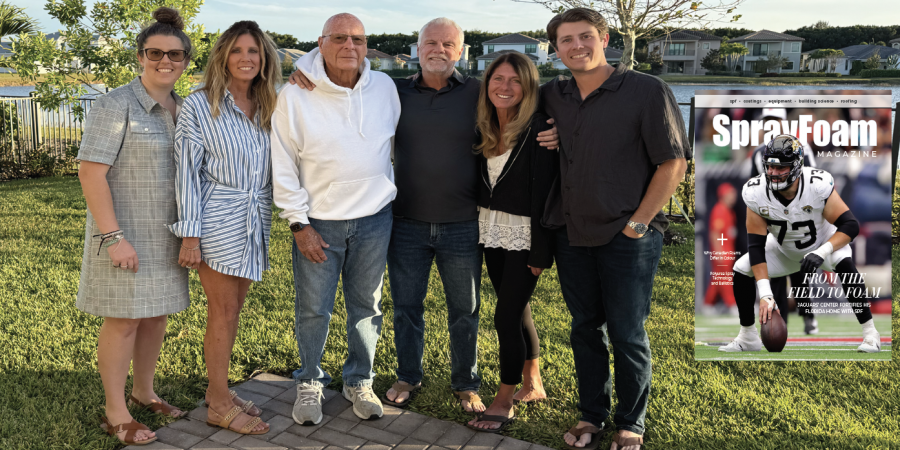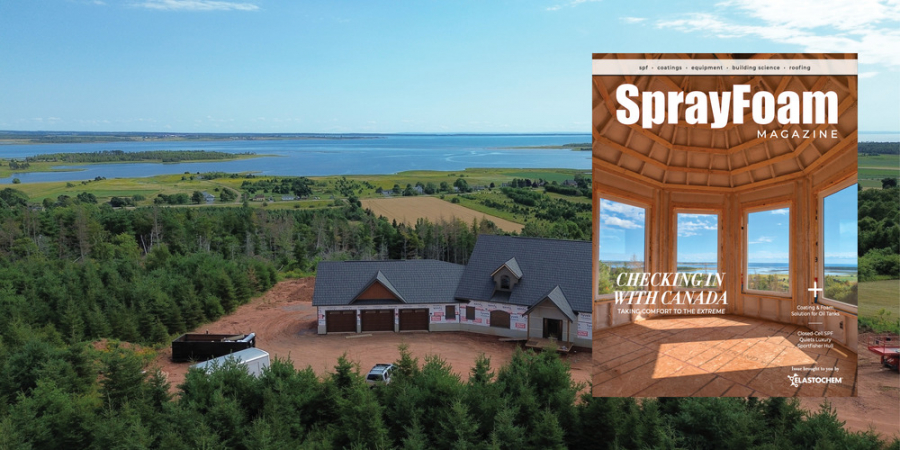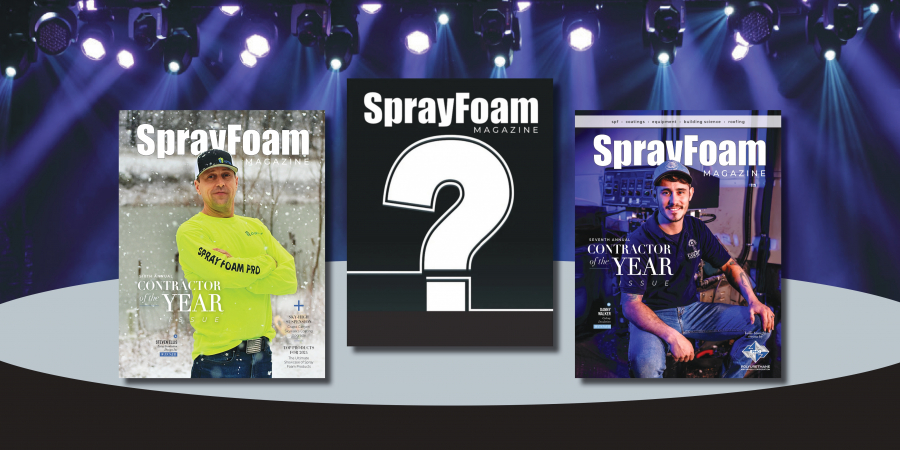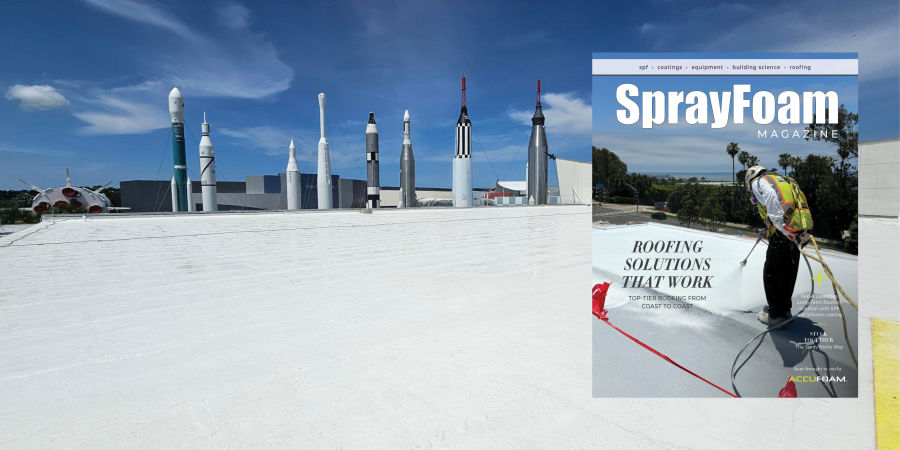Winds of Change
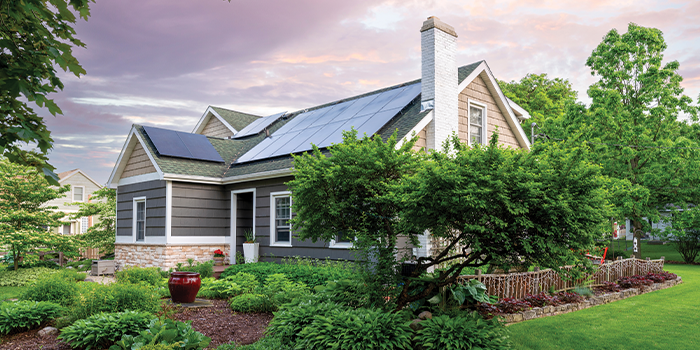

Spray Foam Magazine – Just as the weather changes from season to season in North America, so the economy cycles through better and worse times. It always has and always will. A major economic indicator is residential and commercial construction and within that sector, insulation plays an important role, but we can’t always look only to housing starts or new permits to gage our industry. We recently learned a valuable lesson about the SPF industry with the material shortages and price escalations of the past couple of years. Even when the economy was surging and consumers were spending, we had obstacles to growth unlike other construction trades, but it finally seems to have settled. Contractors who could raise prices and tighten operating efficiency survived and many have thrived. With those tumultuous times behind us let’s look ahead to 2023 and beyond.
Analysts and building industry journals are sending mixed signals about the first part of 2023 with a few crying recession, a few calling for continued growth, and most predicting a slow start but no major pull-back. The joke is it’s a slowdown if your neighbor loses his job, it’s a recession if you lose your job, and it’s a depression if the economist loses their job. It’s largely semantics and it’s going to be personal. Some regions where SPF business has been robust might continue to do well while other parts of the country where construction spending has been slow could slow even more.
One encouraging factor is most companies in all industries have kept their employees even if they weren’t absolutely needed, because it’s so difficult to find new hires and so expensive to train. When consumers feel job security, they are more willing to spend. This has contributed to inflation but if dampened a bit by higher interest rates and a little tighter credit market, the underlying willingness to invest in our homes and businesses should carry the construction market forward.
If raising interest and gently tightening the money supply works to flatten this inflationary cycle, we could see continued growth as we emerge from whatever form of bearish building market we experience over the next year. Then what?
Just as we faced headwinds from a sluggish economy and the gusty sidewinds from material shortages and supply chain issues, there are some tailwinds setting-up for us on several levels. First, on the macro level, our national GDP growth surged in third quarter 2022 due to exports. We don’t hear as much about exports in the media as perhaps we should because the U.S. accounts for 40% of global manufacturing and China, only 15%. Yes, China exports a lot of cheap consumer goods to Walmart, Amazon and the other mass retailers, but the U.S. makes big, important and expensive products like airplanes and heavy construction equipment for export. For instance, 92% of all the railroad engines in the world are made in the United States. In order to sell to the foreign governments and large industrial buyers around the world, we need stronger foreign currency against the dollar. Now that other countries are following our lead in raising interest rates their currency is strengthening so our goods and services become more attractive, which should improve exports and increase GDP by the end of 2023. All of this adds to consumer confidence.
Another potentially strong tailwind for spray foam contractors, distributors and manufacturers is the recently signed bipartisan Inflation Reduction Act, which offers substantial incentives to drive energy efficiency and create jobs. The credit for energy efficient home improvements (retrofit), otherwise known as the 25C tax credit, increases from 10% to 30% and extends to 2034 instead of the year-by-year extensions of the past. The 45L tax credits focus on the new construction market and both emphasize the importance of air barrier systems. Under 45L homebuilders can earn $2500 to $5000 per home in tax credits so the incentive is far more interesting than it was previously. 45L Provides a tiered credit for new construction:
- $2500 per home for homes that are Energy Star Certified
- $5000 per home for homes that are both Energy Star Certified and DOE’s Net-Zero Ready Certified
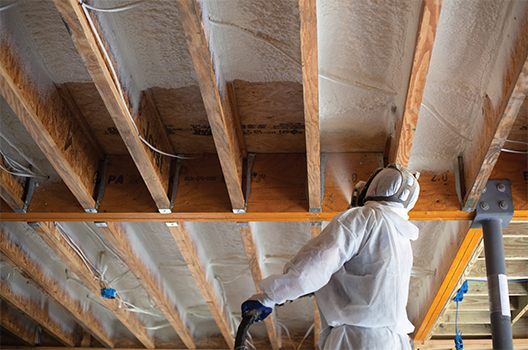
It’s possible that the energy savings from an SPF-insulated attic and crawlspace can be greater than the montly payment for a homeowner’s consumer financing, which means the energy upgrade produces a positive cash flow.
Both programs are well beyond most state energy codes, and the key advantage for SPF is air sealing for infiltration in addition to higher thermal resistance. Substantial credit is given to very tight buildings with very low infiltration levels that are difficult to achieve with conventional air sealing products and methods. This will likely be particularly impactful in the multi-family segment where little to no SPF is currently used, but these structures will need air barriers, both exterior and interstitial, to meet the requirements of Energy Star Certification. An advantage to low-density spray foam in partition walls between units is enhanced sound control, so apartments, condos and townhouses will be more comfortable and livable as well as less expensive to heat and cool. Everyone wins.
The Act will give State energy offices control over distribution of these funds so availability will vary widely across the nation. Some States don’t have energy offices and others have been downsized the past few years while many are well-staffed and able to start administering these funds soon after they’re available. Now is the time for SPF contractors to push your state homebuilders association and general contractors associations to help the State energy offices as they develop their systems to claim and distribute the billions of dollars soon to be available.
The Spray Polyurethane Foam Alliance is working on another program to help fill your sails in 2023. SPFA member companies will soon have access to a program for consumer financing to help homeowners pay for spray foam retrofit applications. We don’t have all the details at the time of this writing, but by the time of the annual SPFA Conference, the program should be ready. This can be huge for the right contractors! For those contractors able to work in people’s homes, especially in the attic and crawlspace, the ability to finance can make the closing difference in many if not most sales presentations. It’s likely that energy savings from a sprayed attic and crawl will be greater than the monthly payment for their consumer financing, which means the energy upgrade has a positive cash flow.
The winds of change are shifting and no doubt there will be some turbulence ahead, but over the coming months and years it looks like smoother sailing for Spray Foam Professionals. If you would like to stay tuned to the regional and local energy programs and tax incentives, please contact your SES Foam representative. We’re here to help you build your business with world-class spray foam products, professional technical assistance, and excellent engineering knowledge.
CONTACT SES POLYURETHANE SYSTEMS
If you have any questions about any of SES’s products or services: 713-239-0252 // www.sesfoam.com
*Spray Foam Magazine does not take editorial positions on particular issues; individual contributions to the magazine express the opinions of discrete authors unless explicitly labeled or otherwise stated. The inclusion of a particular piece in the magazine does not mean that individual staff members or editors concur with the editorial positions represented therein.
For use by SprayFoamMagazine.com & Spray Foam Magazine
Disqus website name not provided.




